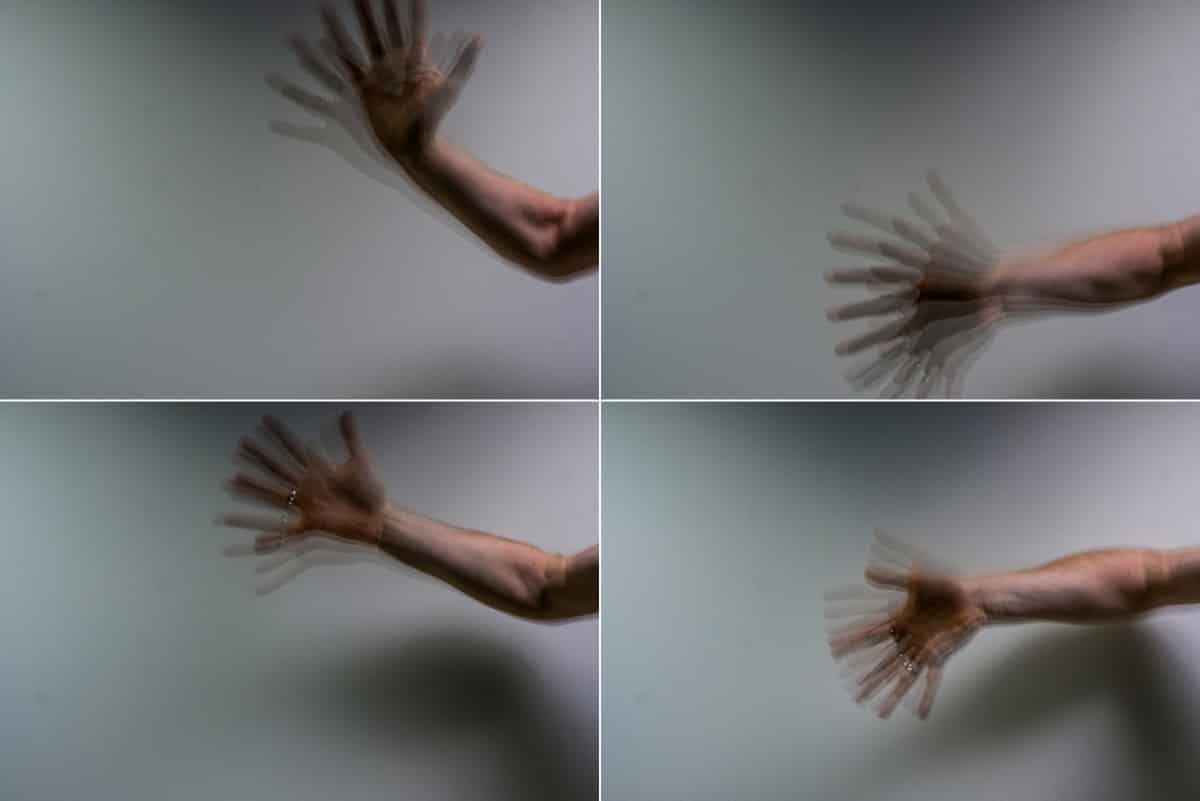
Researchers from Eindhoven University of Technology (TU/e) and Signify have examined LED lighting. LED lighting can flicker or show a stroboscopic effect, which can cause fatigue and even headaches. The researchers have determined the characteristics of the light in which you no longer perceive these effects. The developed model offers manufacturers the possibility to take this into account during the design of their LED lamps.
The electricity that we use in Europe when plugging different home appliances, televisions and lamps into wall sockets is alternating-current (AC) power supply that changes at 50 cycles per second (50 Hertz). “Incandescent lamps need to become hot in order to emit light, and since the thermal processes are rather slow, we can’t see that the light is fluctuating,” explains Gosia Perz, “But the reaction of LEDs to the driving current is very fast, almost instantaneous, which can lead to visible side effects caused by fluctuating light.” Most LEDs are not operated directly from the mains, but they contain a piece of electronics – a driver – that regulates the current flowing through a LED. This driver can reduce the current fluctuations to prevent the visibility of side effects. However, this requires a trade-off with other features of drivers, such as cost, size, reliability or efficiency. “As a result, different designs of drivers can lead to varied levels of unwanted effects in the emitted light of LEDs,” says Perz.
“What you don’t see, won’t affect you”
Flickering is immediately visible, but the so-called stroboscopic effect is more difficult to observe if you don’t know what to look for. Perz: “This effect is visible as a series of still images when fluctuating light illuminates a moving object. In its extreme form, this effect is often used in discotheques.” The human eye does perceive this effect and it can influence our perception of lighting quality, leading to annoyance and irritation, but also headaches. Perz: “It’s important to determine when stroboscopic light is still perceptible to people. Research in this area indicates that exposure to fluctuating light induces biological responses, possibly affecting health, only when the flicker or the stroboscopic effect is visible. In short; what you don’t see, won’t affect you.” She adds: “Manufacturers want to know what people do and do not perceive, so they can make informed choices when designing their drivers.”
International standard
Perz searched for the exact value of specific light characteristics at which the stroboscopic effect becomes invisible to the human eye; the visibility threshold. She invited more than 200 persons, in a simulated office environment, to look at a black disk with a white dot under a LED light source. The disk rotated at a constant speed of 4 meters per second, similar to fast hand gestures in an office environment. During the experiments, Perz manipulated different lighting parameters; the frequency, the amplitude or the modulation depth and the shape of the wave. The subjects indicated whether or not they observed a stroboscopic effect for each change. Researchers from Southeast University in China repeated the experiments to exclude cultural differences.
Based on the thresholds found for each combination of the tested parameters, Perz developed an open source model quantifying the visibility of the stroboscopic effect of any light waveform. LED manufacturers can use this model to test their products. Perz: “The measure that we developed, called SVM (stroboscopic visibility measure), is already recommended by the International Commission on Illumination to quantify the visibility of the stroboscopic effect in general lighting applications. I hope that it will become an international measure to describe the visibility of stroboscopic effect for LEDs.”
Source: TU/e Photos: ©Gosia Perz

